Are you a traditional baker, miller or farmer from UNESCO Creative City?
Are you a traditional baker, miller or farmer from UNESCO Creative City?
Immerse yourself in the fascinating stories, traditions, and flavors of the unique breads from UNESCO Creative Cities. Click “Discover More” to explore the Creative Knowledge Platform, the project’s heri-telling platform, where farmers, millers, and bakers share their heritage and passion through captivating images, videos, and stories.

Breads of the Creative Cities, the first inter-cluster project of the UNESCO Creative Cities Network, launched in 2018 by the Creative Knowledge Foundation in partnership with Tucson UCC, celebrates the diversity of local staple foods through bread as a symbol of cultural identity. It showcases stories, traditions, and practices from Creative Cities worldwide, giving voice to bakers, millers, and farmers.

Please consider supporting the Creative Knowledge Foundation to carry out the Breads of the Creative Cities project and to reinforce the role of “Creative People“ – enhancing the wellbeing of unique and diverse communities in a more sustainable environment and resilient economy. Make an online gift today through our Secure Online Form. Thank you.
Copyright ® CK Foundation 2025
Powered by KOOR srl Benefit Corporation
This site is protected by reCAPTCHA and the Google Privacy Policy and Terms of Service apply.